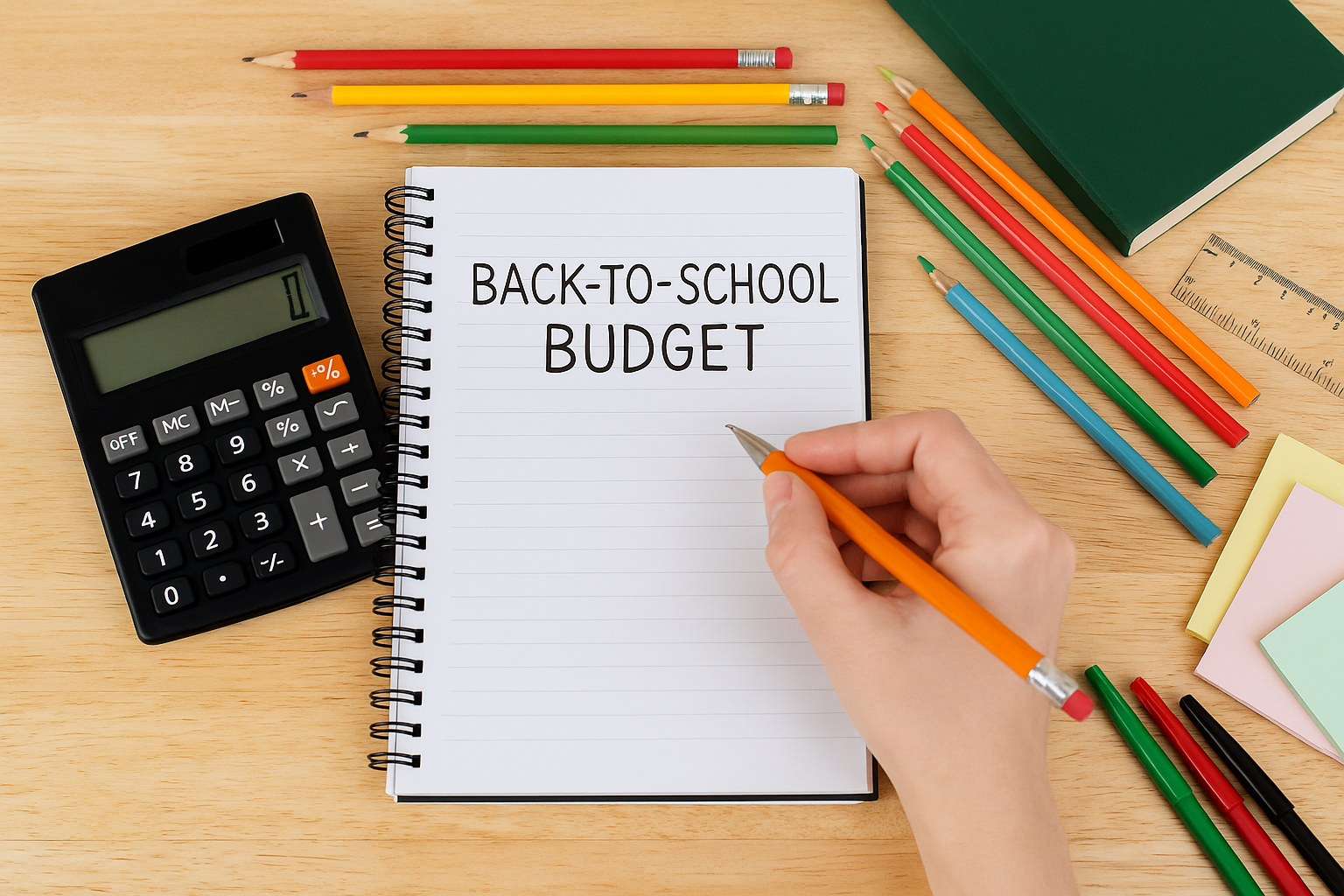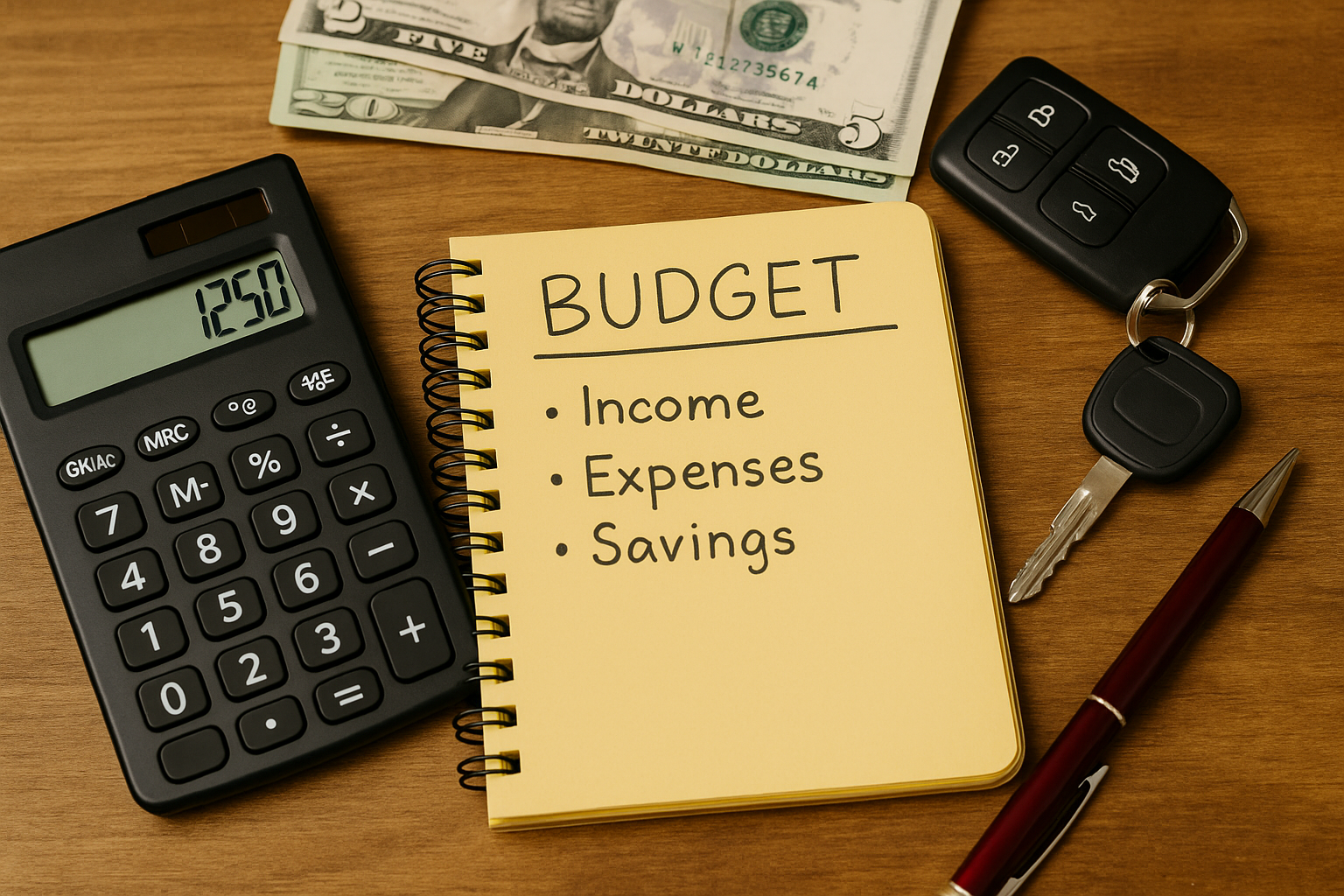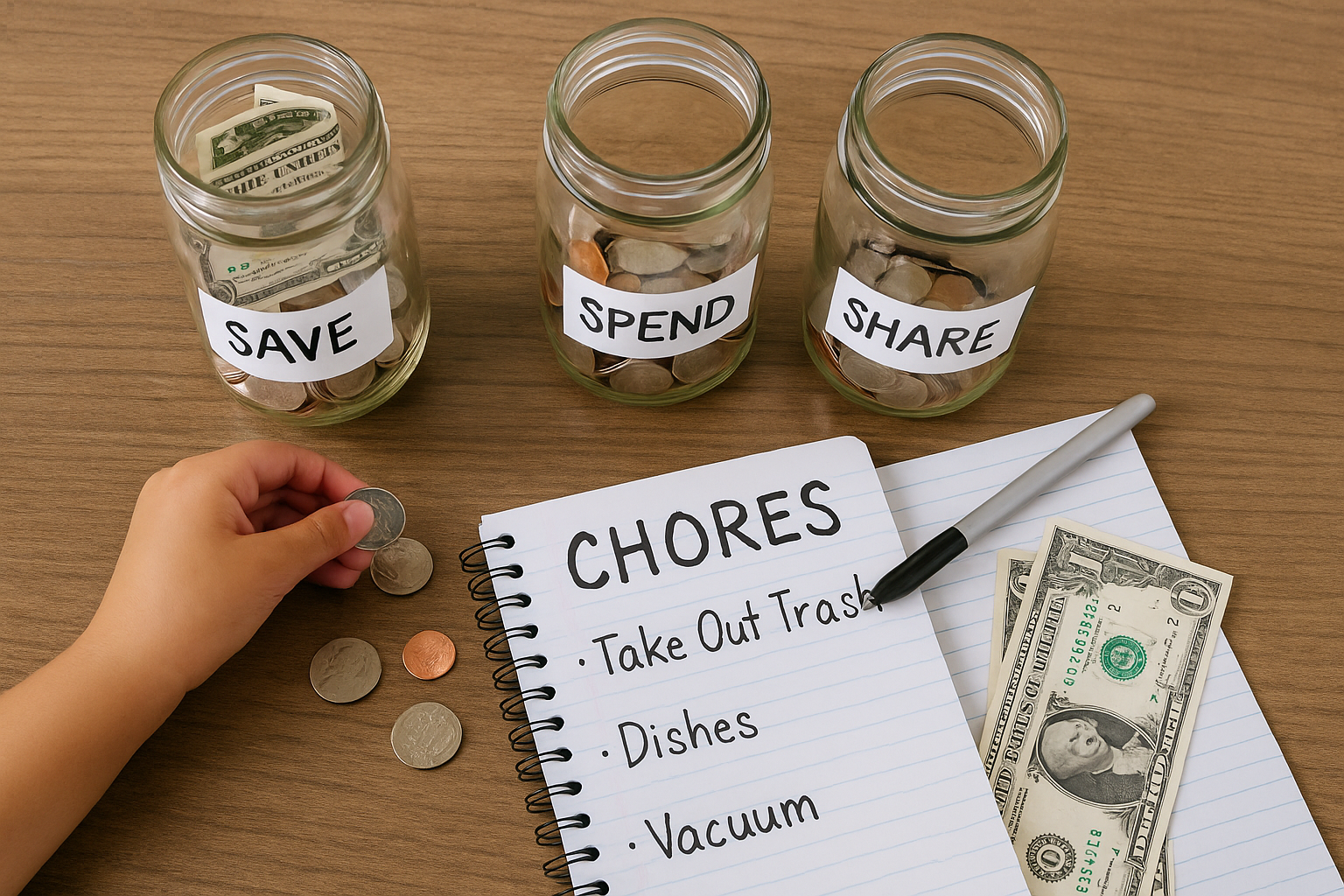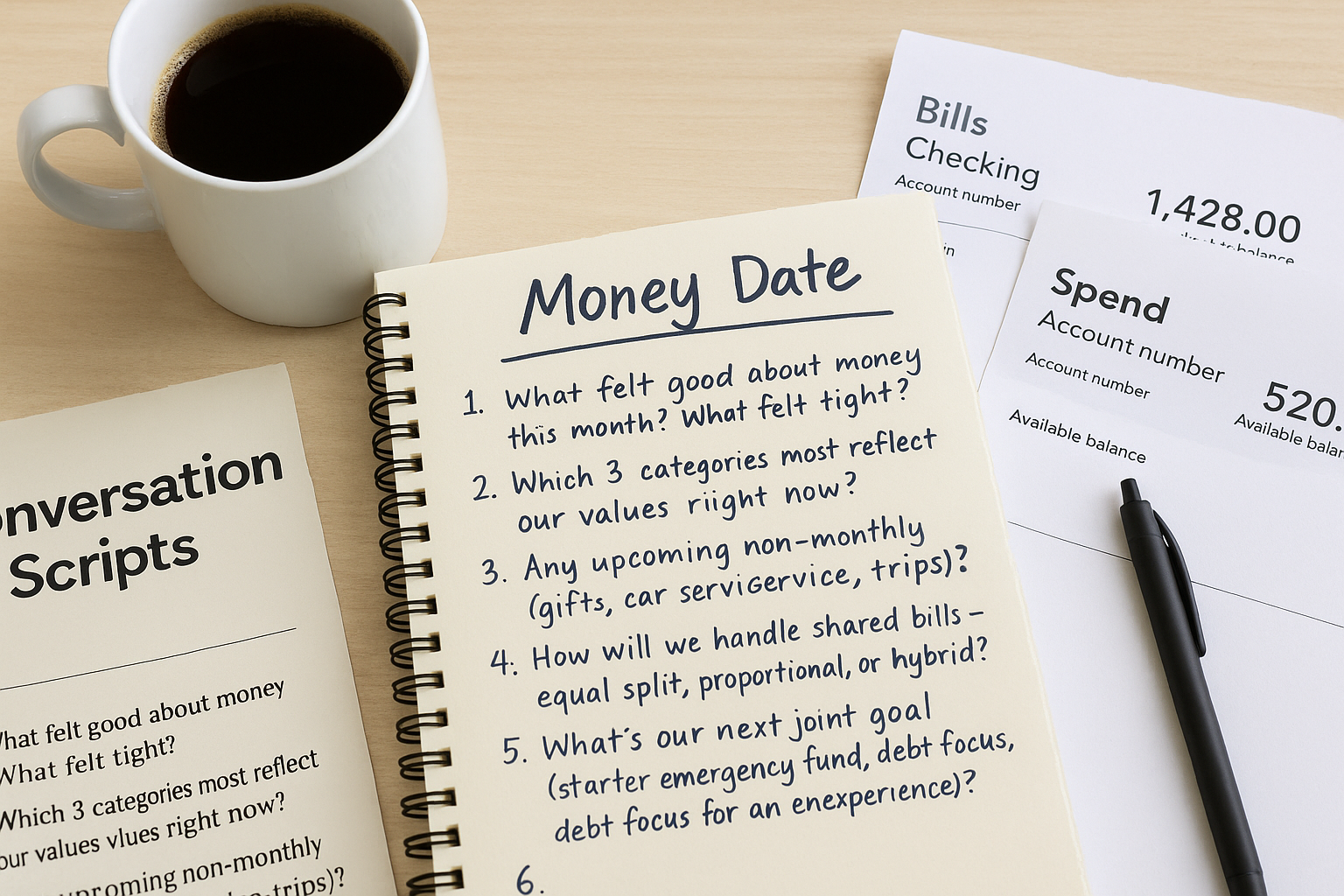New school year, fresh start—without the money stress. This simple planner helps you map real costs, spread purchases over a few paychecks, and keep your back to school budget focused on what matters for your family. Use the steps, checklist, and sample budget below to build a plan you can actually stick to.
Step 1: Set Your Top-Line Number
Decide how much you can spend this season without borrowing. Consider cash on hand, what you can save over the next 4–6 weeks, and any store credits or gift cards. Pick a total you feel calm about—then work backward to fit the essentials first.
Step 2: Make Five Buckets
- Supplies: notebooks, folders, binders, pens, art items
- Clothing & shoes: basics first; specialty items later
- Tech: headphones, calculators, device protection
- Fees & activities: sports, clubs, instrument rentals, field trips
- Health & extras: physicals, glasses, lunch accounts, transport
Assign a cap to each bucket. If the total runs over, reduce “nice-to-haves,” delay tech upgrades, or plan to buy some items after school starts (teachers often share precise needs in week one).
Step 3: Shop in Stages (to protect cash flow)
- Stage 1 — Essentials: core supplies from the official list, uniform basics, required fees.
- Stage 2 — Fill-ins: replacement clothing, backup supplies, device accessories.
- Stage 3 — After week one: only the items teachers confirm are truly needed.
Spread these stages across two to four weekends so you’re not draining one paycheck.
Step 4: Stretch Every Dollar
- Inventory your home first: last year’s extras, backpacks, calculators, unused notebooks.
- Swap or buy secondhand: kids grow fast—thrift basics and buy shoes/new safety gear fresh.
- Price match & bundles: compare multi-packs for pens, paper, and notebooks.
- Pick one “splurge” on purpose: let each child choose a favorite item within a small limit.
Step 5: Create a Kid-Friendly Mini Budget
Give each child a small “choice” envelope or prepaid amount (e.g., $15–$30) for fun items. This teaches trade-offs and reduces in-store negotiations. Your job is to fund the essentials; their job is to prioritize the extras.
Back-to-School Budget Checklist
- ☐ Download the official supply list and highlight non-negotiables
- ☐ Audit what you already own (supplies, backpack, lunch box, calculator)
- ☐ Set total budget and five bucket caps; add a 10% buffer
- ☐ Plan two shopping trips (Essentials / Fill-ins)
- ☐ Compare prices online; use pickup to avoid impulse buys
- ☐ Label supplies and store extras in one bin for midyear top-ups
- ☐ Track actual spend for next year’s plan
Sample Budget (One Middle-Schooler)
| Category | Cap | Notes |
|---|---|---|
| Supplies | $65 | Binders, paper, pens, highlighters |
| Clothing & shoes | $140 | Basics + one pair sneakers |
| Tech | $45 | Headphones + case; defer big tech |
| Fees & activities | $60 | Clubs, field trip deposits |
| Health & extras | $35 | Co-pays, lunch account top-up |
| Buffer (10%) | $35 | Unexpected requests |
| Total | $375 | Adjust to your household |
Two-Week Timeline (Quick Wins)
- Week 1, Day 1: Set total + buckets; inventory at home; place pickup order for essentials.
- Week 1, Day 4: Clothing fit-check; buy only gaps (socks, basics, one pair shoes).
- Week 2, Day 2: Tech accessories and labels; set up a single bin for extras.
- Week 2, Day 5: After teacher notes arrive, buy only confirmed needs.
Common Pitfalls (and Easy Fixes)
- Buying the whole list at once: Stage purchases and wait for teacher specifics.
- Letting “cute” drive the cart: Use a kid envelope for wants; stick to caps elsewhere.
- Forgetting fees and health costs: Reserve a small line for sign-up fees and co-pays.
- No plan for midyear: Store extras in one labeled bin; note prices for quick refills.
Bottom line: A good back to school budget is simple: set a calm total, fund the essentials first, and buy the rest in stages. Track what you actually spend this year and next year’s plan practically writes itself.





